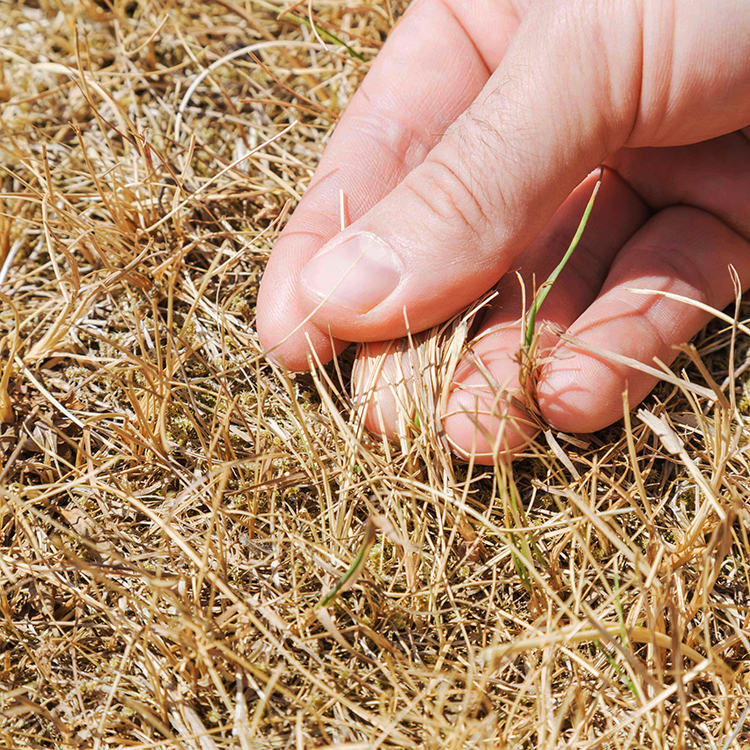
Charlotte is a city that prides itself on well-maintained lawns and picturesque landscapes. However, residents are all too familiar with the constant struggle to keep natural grass looking healthy due to turf diseases. But what if there was a surefire way to eliminate this issue? Consider Charlotte, NC artificial grass.
Why Turf Diseases Don’t Stand a Chance in Synthetic Lawns
At the core, artificial grass is made of synthetic fibers, which means it doesn’t have the living organic matter that many diseases need to thrive. Here’s a breakdown of why turf infections can’t thrive on it:
Non-Living Material
Artificial grass is fundamentally different from natural grass because of its synthetic fibers. Natural grass, being a living organism, undergoes biological processes that sometimes allow diseases to penetrate and proliferate.
In contrast, artificial turf is inorganic, making it an unsuitable host for fungi and bacteria that cause common lawn diseases.
No Soil Interaction
Soil is a complex ecosystem, teeming with various microorganisms, some of which are pathogenic to plants. Certain fungi and bacteria lie dormant, waiting for the right conditions to infect natural grass.
With Charlotte, NC artificial grass, there’s typically a barrier, such as a layer of sand or rubber, which is devoid of these organisms. Without direct contact with soil and its microbial community, the risk of disease significantly drops.
Water Management
Proper water drainage is crucial for preventing many turf diseases. While natural lawns can sometimes have inconsistent drainage leading to pooling or overly moist conditions, artificial grass systems are designed with optimal drainage in mind.
The base materials and construction methods of synthetic installations ensure that water quickly moves away from the surface, leaving no room for fungi or bacteria to flourish.
10 Turf Infections Artificial Grass Defies
Here are the ten troublesome turf infections that residents of Charlotte will be delighted to bid farewell to with artificial grass:
1. Brown Patch
These large, brown circles ruin the look of a lawn. Thriving in humid conditions, Charlotte’s summer climate can sometimes promote this fungal disease.
2. Pythium Blight
Often showing as small, greasy spots, this disease can quickly kill grass, especially in hot, wet conditions. Fortunately, it doesn’t have the same effect on synthetic grass in Charlotte, NC.
3. Dollar Spot
These small straw-colored spots can merge, turning vast lawn areas unsightly.
4. Fairy Ring
Circular bands of mushrooms or dark green grass, while fascinating, can be a nuisance and hard to get rid of.
5. Red Thread
This disease gets its name from the red threads that appear on the grass blades, primarily during cool, damp weather.
6. Rust
Not the same as the rust on metals, but grass rust results in orange powdery spores that can cover shoes and mowers.
7. Anthracnose
A fungal disease, it’s known for yellowing grass and can be particularly troublesome in hot, dry conditions.
8. Snow Mold
For those occasional snowy days in Charlotte, snow mold can be a post-winter surprise, showing up as gray or pink patches.
9. Turfgrass Leaf Spot
This infection appears as small brown spots with dark margins that give a burned appearance to the lawn.
10. Necrotic Ring Spot
As the name suggests, this causes unsightly rings in the lawn, often requiring extensive treatment.
For residents of Charlotte, the shift to synthetic turf in Charlotte, NC is not merely about aesthetics but also about embracing a hassle-free, resilient alternative. By choosing artificial grass, homeowners not only get a vibrant, green lawn all year round but also eliminate the constant fight against turf diseases. It’s a win-win for Charlotte’s homes and their proud homeowners.
